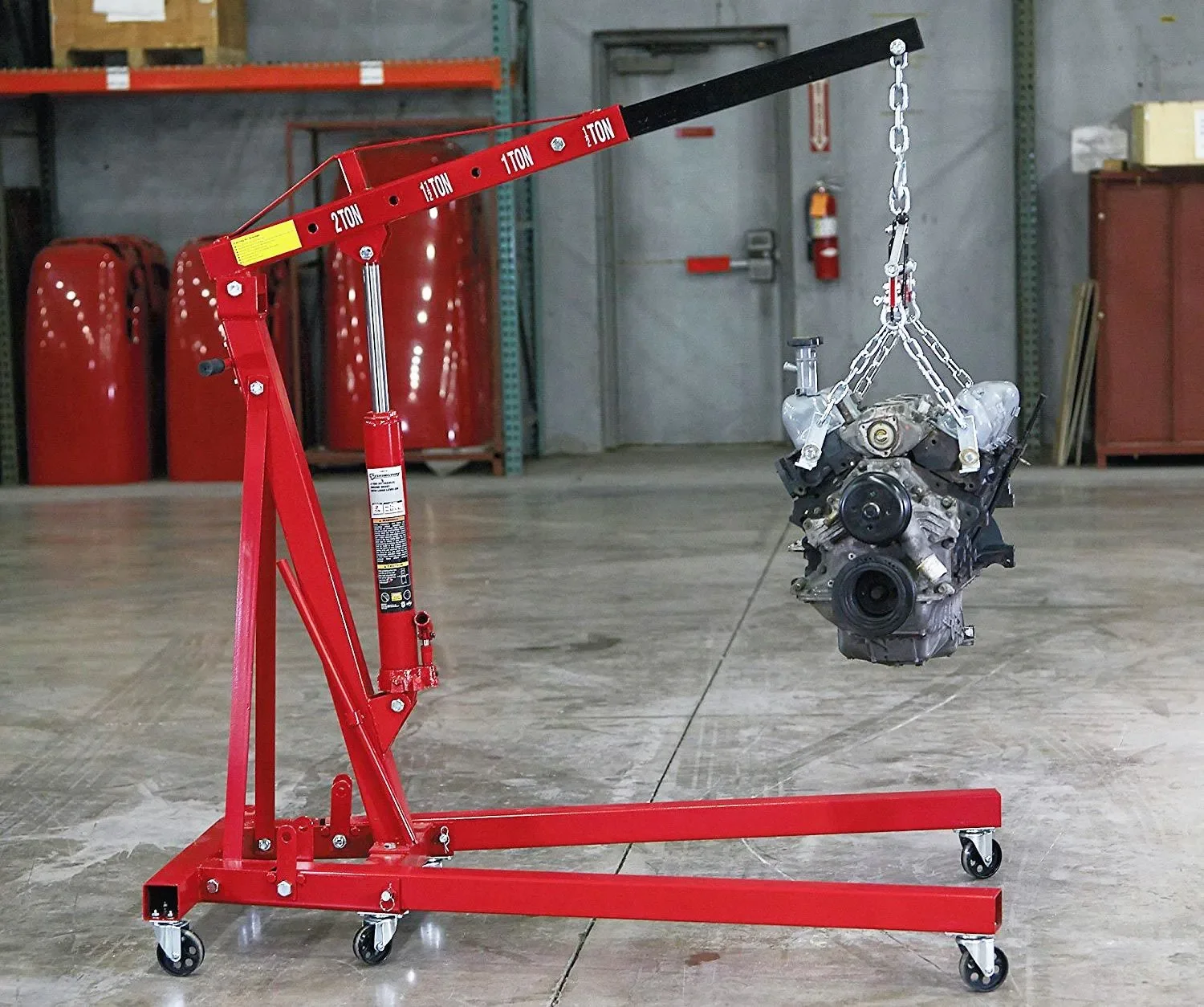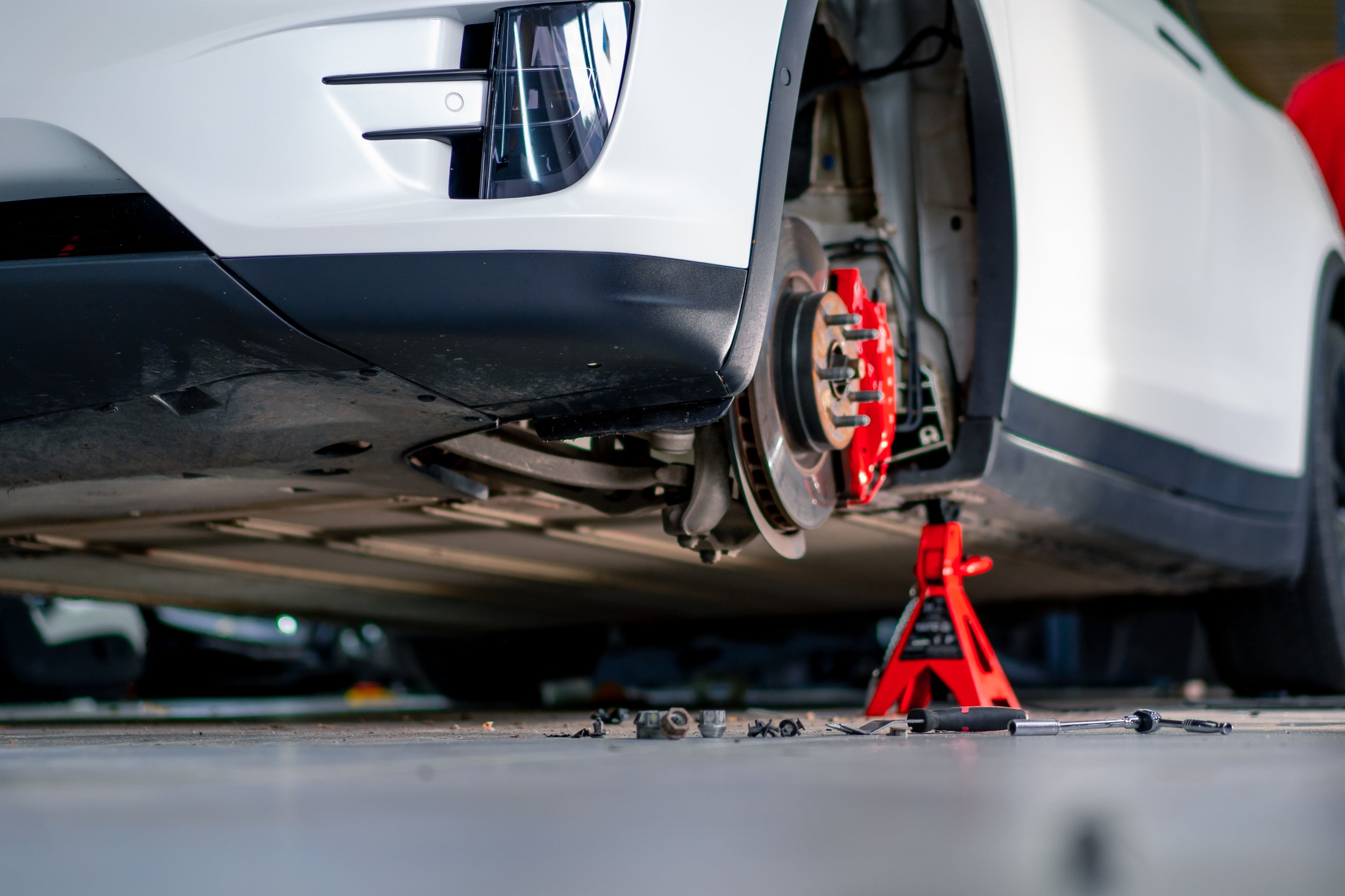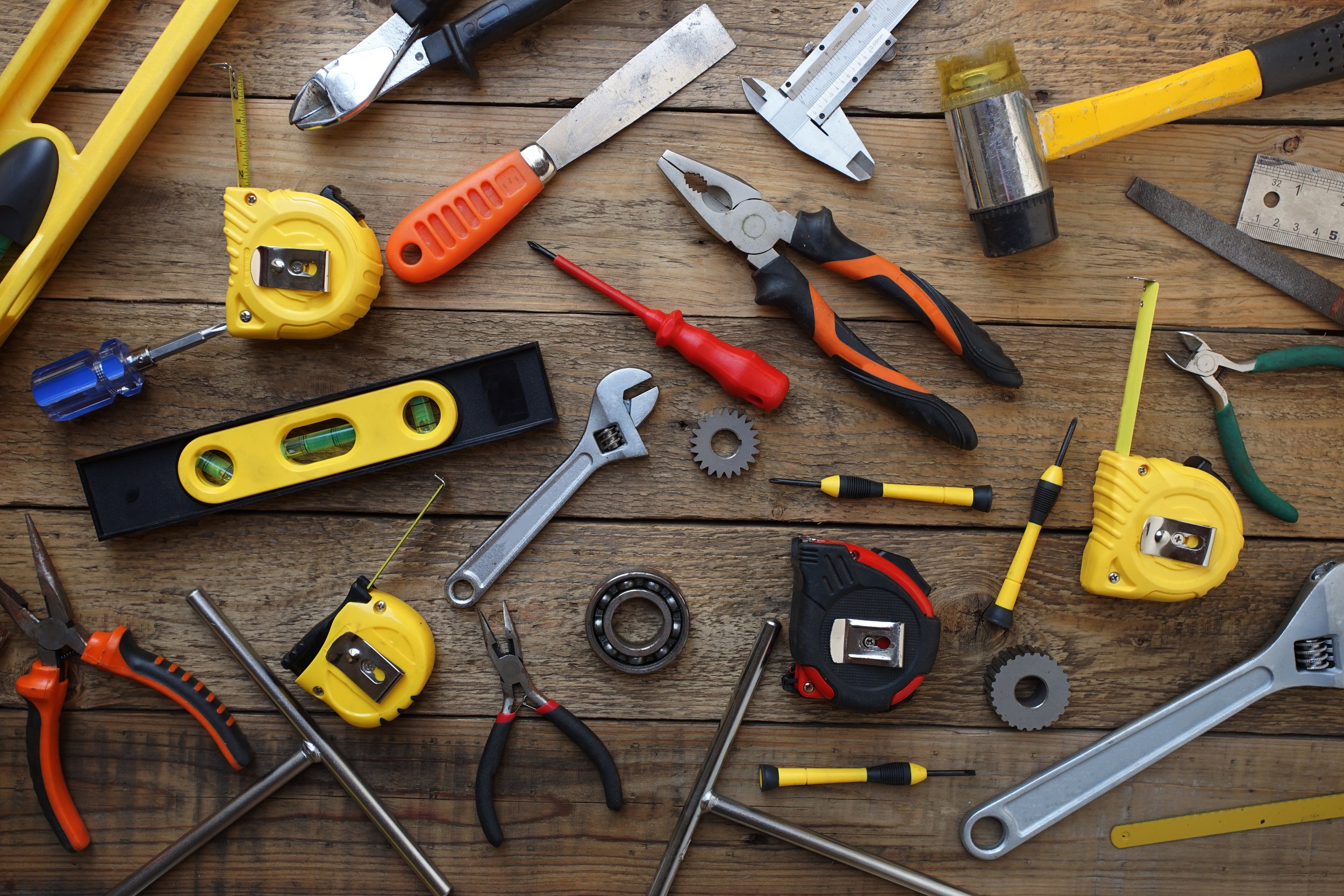Tools you need to do an engine swap
One of the most expensive parts of engine-swapping a car is building the toolkit you’ll use to complete the task, and then maintain your project later on. Tools are infrastructure and they’re rarely a wasteful way to spend money, so long as you hone in on the tools you need at the various stages of the project.
Here are some critical hand tools you’ll need when undertaking an engine swap. Power tools are a whole other world so we’ll cover them in a separate story.
HEAVY EQUIPMENT:
While you don’t strictly need to buy one (you can hire them from most hire shops) if you have space and the budget for it, buy an engine crane that can hold at least a tonne. These tools can be incredibly handy when dealing with project cars, especially if they’re rated for a decent weight (aim for 1500kg). You’ll also need some decent quality chain (or an old seatbelt if you’re on a budget) and some D-shackles to join the chain together or provide somewhere to tie your seatbelt.
I have managed to engine swap more than a dozen cars on my own without using a load-leveller but I can tell you it made the job a whole heap easier when I was dummy-fitting an engine and gearbox on my own and had to crane them in and out of the engine bay at least 10 times in one afternoon. This is definitely an optional accessory, but is a handy one if you often work solo.
I think it’s mandatory for anyone wanting to work on their own car to have a quality trolley jack and a set of at least four, but ideally six, chassis stands. I don’t care if you’ve got multiple hoists in your home shed, there are times you can definitely benefit from being able to lift parts of your car or components and good quality jacks will last you a lifetime.
HAND TOOLS:
From the outset you should have a kit with 3/8in-drive and 1/2in-drive socket sets, plus a metre-long 1/2in breaker bar for stubborn fasteners. Starting with ordinary sockets, you can add impact sockets for use on impact drivers, deep-sockets and single-hex for tricky fasteners, plus a 1/4in-drive for small fasteners.
A comprehensive spanner (wrench) roll should be in any car enthusiast’s toolkit, as these will arguably be your single most-used tool after screwdrivers. While ratcheting spanners and having the option of long-handle and stubby spanners means you’ll rarely be struggling with tight spaces, concentrate on just putting together a collection of quality open-end and ring spanners.
Screwdrivers will probably not be required too early in an engine swap process, but everyone needs a few various-sized Phillips head and flat-head screwdrivers, plus Allen keys and Torx bits if you’re working on European cars or engines.
Having a pry bar, a couple of rubber mallets and a decent whacking hammer will give you options when you’re trying to position engines in tight bays, or remove seized-on brackets or other parts refusing to play ball. Chuck some pliers in there (including some multi-grip adjustable pliers, plus locking pliers), and you’re pretty much ready to start working on cars.
Now, I’ll put up another story on ways to build a kick-arse budget toolkit but if you’re starting out I’d skip merrily down to my local Bunnings (or large hardware chain near you) because you can get a rudimentary toolkit for as little $80 for a 66-piece set, or $150 will get you a 147-piece kit in a cantilever box. If you’ve got cash burning a hole in your pocket a 147-piece Kincrome set will set you back $1000 but the quality of the tools is vastly, VASTLY better.
SMALL STUFF:
You’d be hard-pressed to engine-swap a car without a tape measure in your top drawer, and you should also have a quality steel ruler, spirit level and an angle-finder (definitely required when setting driveshaft angles). Sharpies and paint pens will also come in very handy for making notes or marking bolts you’ve done up, while a couple of sharp knives and a box-cutter (with fresh blades somewhere handy) will all make life infinitely easier while you’re in the midst of battling mechanical goblins.
Lights and torches will be required as you’ll want to see into the depths of the undercarriage of the car you’re swapping engines into, as you’ll probably be chasing that 10mm socket or vital bolt that rolled away from you. If you go with LED torches you’ll need power banks to charge them, and remember to charge them so they’ll work the next time you come back to the shed. If you opt for plug-in lamps, you should look at getting some good quality extension leads so you can plug them in anywhere in your garage.
Gasket scrapers are cheap and great for cleaning dirty engines, while vernier calipers will allow you to precisely measure internal and external spans. Having a few hand-files will let you clean up little burred surfaces much more quickly than using a power tool, and a punch means you can mark where you need to drill or knock roll-pins out of their home.



